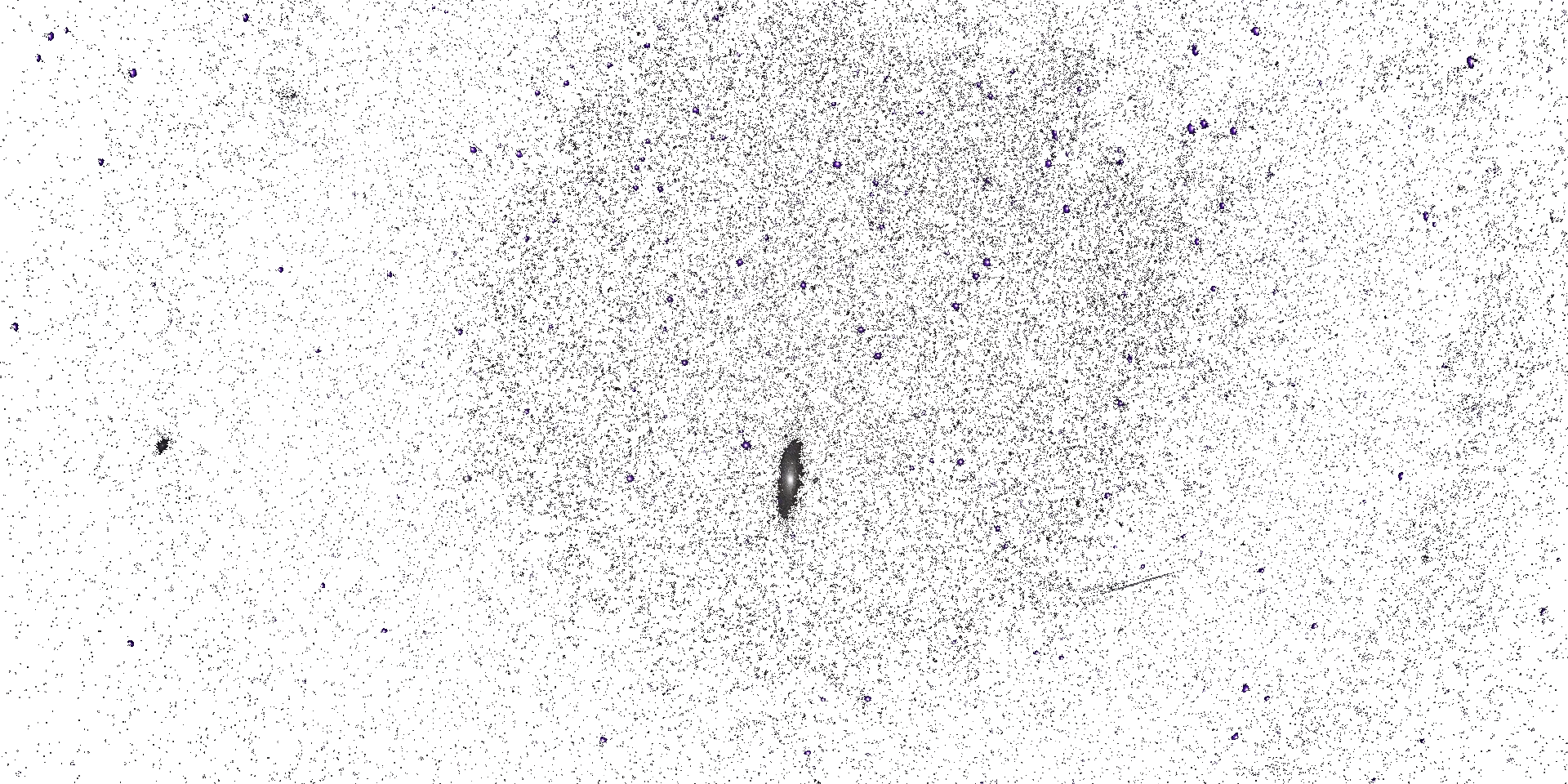




Space Climate 8 Meeting Abstract
How the magneto-Rossby waves could be used to identify upcoming intense flare and CME seasons?
Marianna Korsos (Aberystwyth University)
Solar activity variation mainly occurs over about 11 yr. However, longer and shorter periodicities than the solar cycles are also present in many different activity indices. The longer timescales are hundreds of years, but the shorter timescales are from 155–160 days to 1–2 yr periods. The 155–160 days are known as the Rieger periodicity, while the 1–2 yr periods are called the quasi-biennial oscillations.
In this presentation, we present a unique evolution of identified shorter periodicities, like the Rieger-type and quasi-biennial oscillations, throughout the Solar Cycles 23-24, by analysing synoptic maps of the weak and strong magnetic fields, faculae, sunspots, corona holes, flares, CMEs and EUV observations. We investigate how the Rieger-type and quasi-biennial oscillations could be explained by magneto-Rossby waves. We also addess, how the magneto-Rossby waves could be used to identify (predict?) the upcoming intense flare and CME seasons of a solar cycle.
